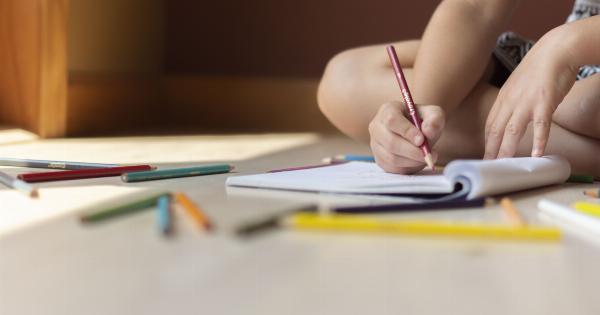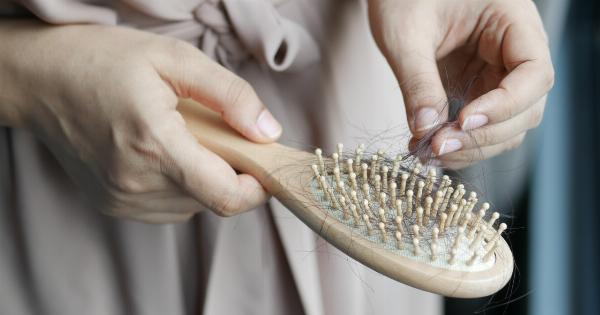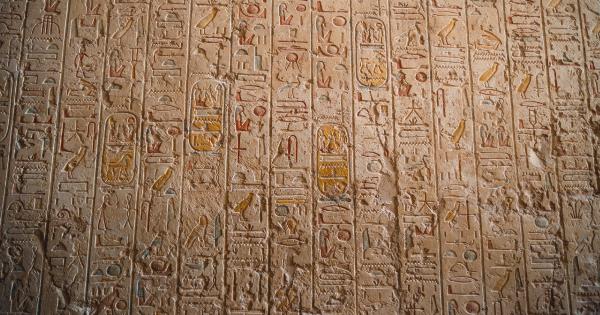Hands are one of the most remarkable and intricate parts of the human body. They serve as the primary tool for manipulation, communication, and expression. Our hands have the power to create, destroy, heal, and connect.
They play a significant role in our daily activities, enabling us to perform complex tasks with precision and dexterity. Scientists have long been fascinated by the mystery behind impressive hands and have delved deep into understanding their anatomy and capabilities. In this article, we uncover the secrets of hands as explained by scientists.
The Anatomy of Hands
The complexity of hands lies in their intricate structure, consisting of numerous bones, muscles, tendons, and nerves working in perfect harmony.
The human hand comprises twenty-seven bones, including eight carpals, five metacarpals, and fourteen phalanges. These bones form the palm, wrist, and fingers, allowing for a wide range of movements.
The muscles in our hands are divided into two groups: extrinsic and intrinsic muscles. The extrinsic muscles originate from the forearm and attach to the bones in the hand, providing the strength required for gripping and manipulating objects.
On the other hand, intrinsic muscles are located within the hand itself, controlling intricate movements of the fingers and thumb.
Tendons, which are strong, flexible bands of connective tissue, connect the muscles to bones and allow for coordinated movements.
They transmit the force generated by the muscles to the bones, enabling us to make delicate and precise movements with our hands.
Fine Motor Skills
The remarkable ability of our hands to perform intricate tasks is attributed to our fine motor skills.
Fine motor skills involve the coordination of small muscles groups, particularly those in our hands and fingers, to perform precise and controlled movements. These skills are essential for activities such as writing, drawing, playing musical instruments, and engaging in activities that require hand-eye coordination.
Scientists have discovered that the development of fine motor skills is closely linked to the development of specific regions in the brain, particularly the motor cortex and the cerebellum.
The motor cortex controls voluntary movements, while the cerebellum plays a crucial role in coordinating these movements and maintaining balance.
Studies have shown that activities that promote the development of fine motor skills, such as playing with building blocks, stringing beads, or drawing, can have a positive impact on brain development in not only children but also adults.
Engaging in such activities strengthens the neural connections between the brain and the muscles in the hands, leading to improved dexterity and coordination.
Sensory Abilities of Hands
Our hands possess an incredible array of sensory abilities, allowing us to perceive and interact with the world around us. The sense of touch, also known as tactile perception, enables us to feel textures, temperatures, and pressure.
Through touch, we can distinguish between various objects and gauge their characteristics.
Scientists have identified specialized receptors in the skin of our fingertips, known as Merkel cells, which play a crucial role in our ability to detect fine textures.
These cells are highly sensitive to minute changes in the surface of objects, leading to the perception of texture. Additionally, other receptors in our hands detect temperature, pressure, and pain, providing valuable information about the world we interact with.
Moreover, our hands possess proprioception, which is the ability to sense the position, movement, and force exerted by our limbs.
Proprioceptors located in our muscles, tendons, and joints send constant feedback to the brain, allowing us to have an accurate perception of our hand’s position and movement without relying solely on visual cues. This proprioceptive feedback is crucial for tasks that require hand-eye coordination and precise movements, such as playing a musical instrument or catching a ball.
The Evolution of Impressive Hands
The evolution of human hands has played a pivotal role in shaping our species’ success and adaptability. Anthropologists study the hands of our early ancestors to understand the evolutionary changes that occurred over millions of years.
The development of opposable thumbs was a significant milestone in human evolution. Opposable thumbs grant us the ability to grasp objects firmly by enabling our thumb to touch the tips of our other fingers, providing enhanced grip and manipulation.
This characteristic sets humans apart from other primates and allowed us to create and utilize tools for a variety of purposes.
Scientific research suggests that the evolution of impressive hands in humans occurred alongside the development of language and cognitive abilities.
The ability to manipulate objects precisely and perform intricate gestures with our hands may have played a critical role in the emergence of complex social interactions and communication.
Impressive Hands and Culture
Hands have not only shaped our physical capabilities but have also become integral to human cultural expression.
The use of hand gestures and sign language is prevalent across different cultures and has been a fundamental tool for communication, especially among individuals with hearing impairments.
Hand-based art forms, such as painting, sculpting, and calligraphy, have allowed humans to express their creativity and emotions throughout history.
The delicate and intricate movements of the hands and fingers enable artists to transform their vision into tangible works of art.
Furthermore, certain hand gestures hold cultural and symbolic meanings. For example, a handshake is a universal greeting in many cultures, representing a sign of respect, trust, and cooperation.
Similarly, the “thumbs up” gesture is commonly recognized as a sign of approval or encouragement.
The Impact of Hand Injuries
While hands are remarkable in their capabilities, they are also prone to injuries that can significantly impact our daily lives. Hand injuries can range from minor cuts and bruises to fractures and nerve damage.
These injuries can result from accidents, repetitive strain, or conditions such as arthritis.
Rehabilitation for hand injuries often involves physical therapy to regain strength, flexibility, and coordination.
Scientists and medical professionals constantly strive to develop innovative techniques and technologies to improve the rehabilitation process and restore hand function.
The Future of Impressive Hands
The future holds great promise for the advancement of hand-related technologies. Researchers are exploring the field of bionics, where robotic prosthetic hands can simulate the movements and sensations of natural hands.
These advancements aim to provide individuals with hand disabilities a chance to regain their independence and dexterity.
Additionally, advancements in virtual reality and haptic feedback technology offer exciting opportunities to enhance our hands’ capabilities.
Virtual reality simulations can provide training and rehabilitation programs that allow individuals to improve their fine motor skills and hand-eye coordination.
Conclusion
Our hands are a remarkable organ, combining intricate anatomy, fine motor skills, and sensory abilities that shape our interaction with the world.
Scientists continue to explore the mysteries of hands, uncovering their evolution, cultural significance, and the impact of injuries.
Understanding the science behind impressive hands not only deepens our appreciation for their capabilities but also holds the promise of advancements in medical treatments and technologies that can improve the lives of individuals with hand disabilities.































